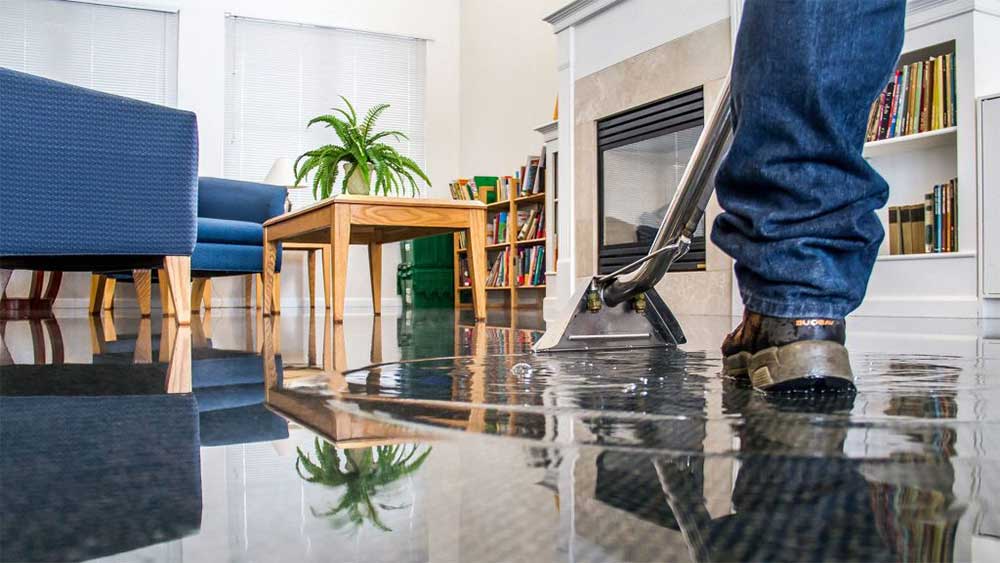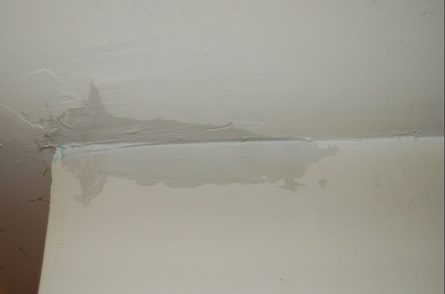6 Water Damage Remediation Do's and also Don'ts.
6 Water Damage Remediation Do's and also Don'ts.
Blog Article
The content below relating to Preventing Fires and Water Damage In Your Home is unquestionably attention-grabbing. You should read it.

Though water gives life, water invasion on parts where it's not supposed to be can result in damages. If the water soaks right into your structure, it can peel away surface areas as well as wear down the foundation. Mold and mildew as well as mold additionally grow in a damp environment, which can be hazardous for your health. Homes with water damage odor old and mildewy.
Water can come from many sources such as tropical storms, floodings, ruptured pipelines, leakages, and sewer issues. In case you experience water damage, it would certainly be excellent to know some security precautions. Here are a few guidelines on how to handle water damage.
Do Prioritize House Insurance Policy Protection
Water damages from flood because of heavy winds is seasonal. Nonetheless, you can additionally experience an abrupt flooding when a malfunctioning pipeline unexpectedly bursts into your home. It would certainly be best to have house insurance policy that covers both acts of God such as natural catastrophes, and emergency situations like broken plumbing.
Don't Neglect to Shut Off Utilities
In the event of a calamity, especially if you live in a flood-prone area, it would be recommended to turn off the main electric circuit. This cuts off power to your entire residence, protecting against electrical shocks when water is available in as it is a conductor. Do not forget to transform off the main water line shutoff. When floodwaters are high, furniture will certainly move and cause damages. Having the main valve shut down stops additional damages.
Do Stay Proactive and also Heed Weather Condition Signals
Listen to emptying warnings if you live near a river, lake, or creek . Doing so lowers possible property damages.
Don't Ignore the Roofing System
You can prevent rainfall damage if there are no openings and leakages in your roof covering. This will certainly avoid water from moving down your wall surfaces and saturating your ceiling.
Do Pay Attention to Tiny Leakages
A ruptured pipeline does not take place overnight. You might see gurgling paint, peeling wallpaper, water touches, water spots, or trickling sounds behind the wall surfaces. Have your plumbing repaired before it results in huge damage.
Don't Panic in Case of a Ruptured Pipeline
Maintaining your presence of mind is important in a time of dilemma. Panicking will just worsen the problem because it will suppress you from acting quick. When it comes to water damages, timing is key. The longer you wait, the more damage you can anticipate. Hence, if a pipe bursts in your home, immediately shut off your major water shutoff to remove the resource. Unplug all electrical outlets in the area or transform off the circuit breaker for that component of the home. Finally, call a trusted water damage restoration specialist for help.
Water offers life, water intrusion on components where it's not expected to be can result in damages. Homes with water damage scent old as well as moldy.
Water damage from flood dues to hefty winds is seasonal. You may observe gurgling paint, peeling wallpaper, water touches, water stains, or leaking sounds behind the wall surfaces. When it comes to water damages, timing is essential.
Some Do's & Don't When Dealing with a Water Damage
DO:
Make sure the water source has been eliminated. Contact a plumber if needed. Turn off circuit breakers supplying electricity to wet areas and unplug any electronics that are on wet carpet or surfaces Remove small furniture items Remove as much excess water as possible by mopping or blotting; Use WHITE towels to blot wet carpeting Wipe water from wooden furniture after removing anything on it Remove and prop up wet upholstery cushions for even drying (check for any bleeding) Pin up curtains or furniture skirts if needed Place aluminum foil, saucers or wood blocks between furniture legs and wet carpet Turn on air conditioning for maximum drying in winter and open windows in the summer Open any drawers and cabinets affected for complete drying but do not force them open Remove any valuable art objects or paintings to a safe, dry place Open any suitcases or luggage that may have been affected to dry, preferably in sunlight Hang any fur or leather goods to dry at room temperature Punch small holes in sagging ceilings to relieve trapped water (don't forget to place pans beneath!); however, if the ceiling is sagging extremely low, stay out of the room and we'll take care of it DO NOT:
Leave wet fabrics in place; dry them as soon as possible Leave books, magazines or any other colored items on wet carpets or floor Use your household vacuum to remove water Use TV's or other electronics/appliances while standing on wet carpets or floors; especially not on wet concrete floors Turn on ceiling fixtures if the ceiling is wet Turn your heat up, unless instructed otherwise

Do you really like more info about Preventing Fires and Water Damage In Your Home? Write feedback down below. We would be delighted to see your suggestions about this blog posting. Hoping that you come back again soon. For those who appreciated our page kindly make sure you remember to share it. Many thanks for your time. Visit us again soon.
Report this page